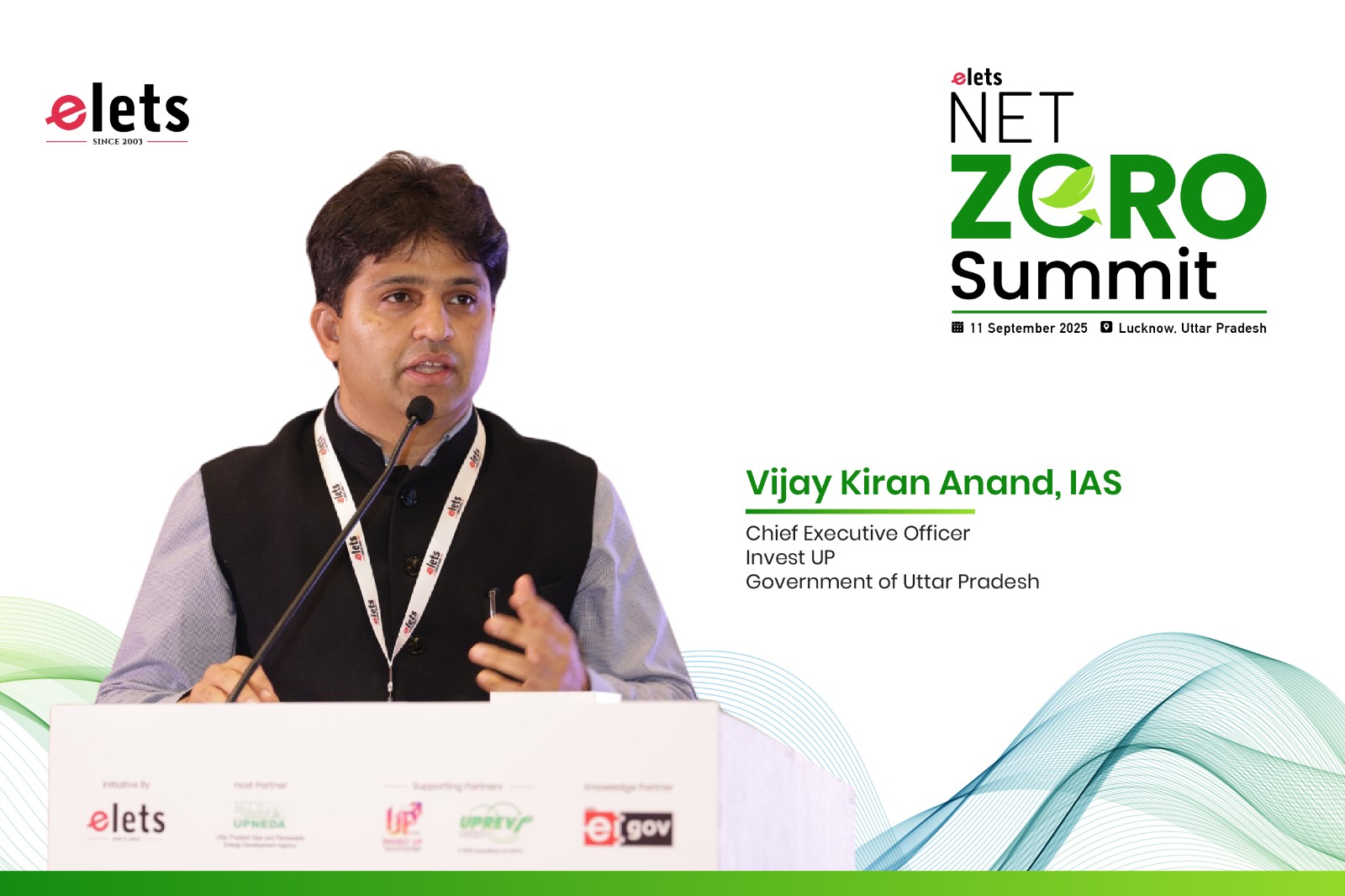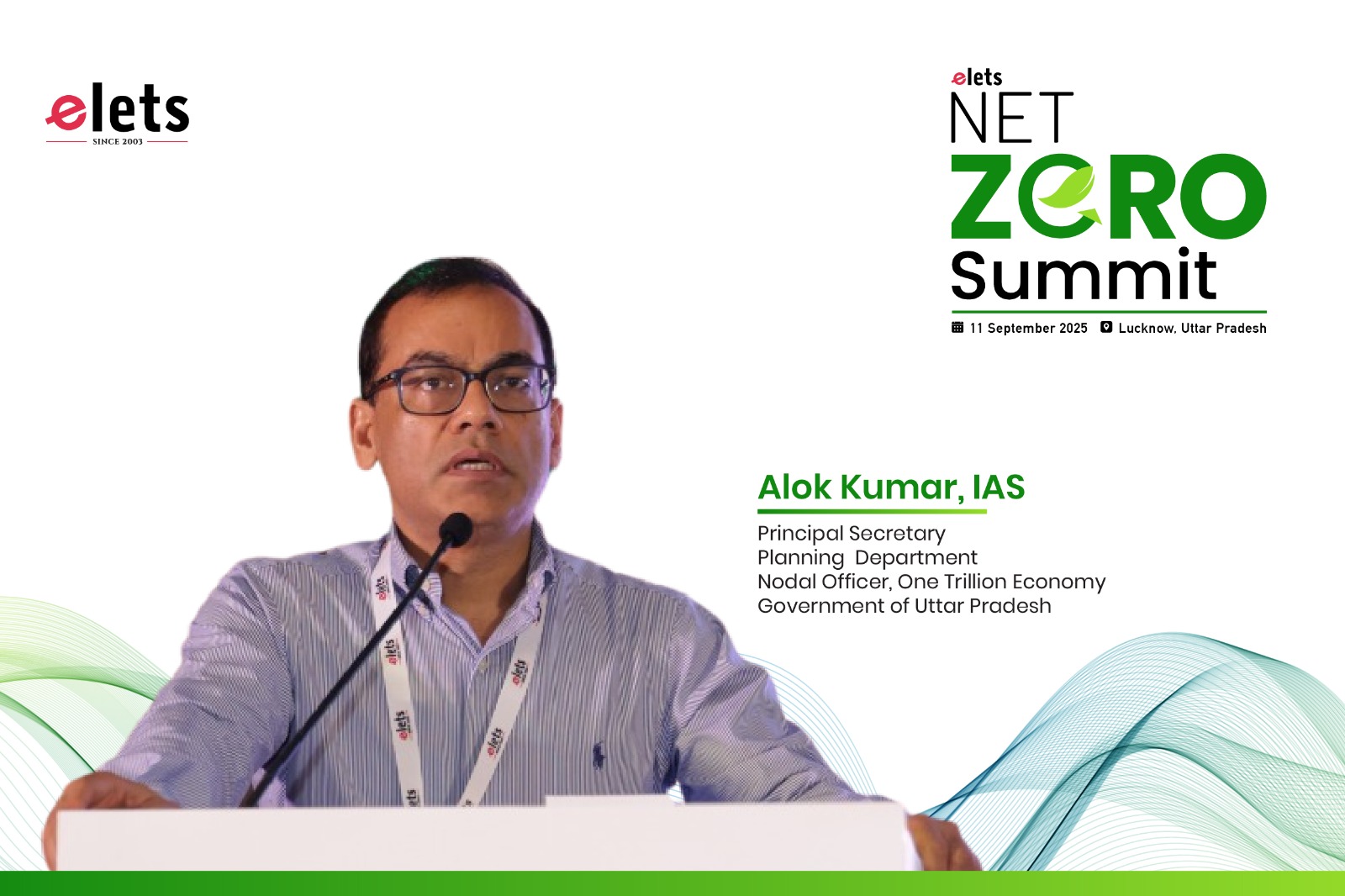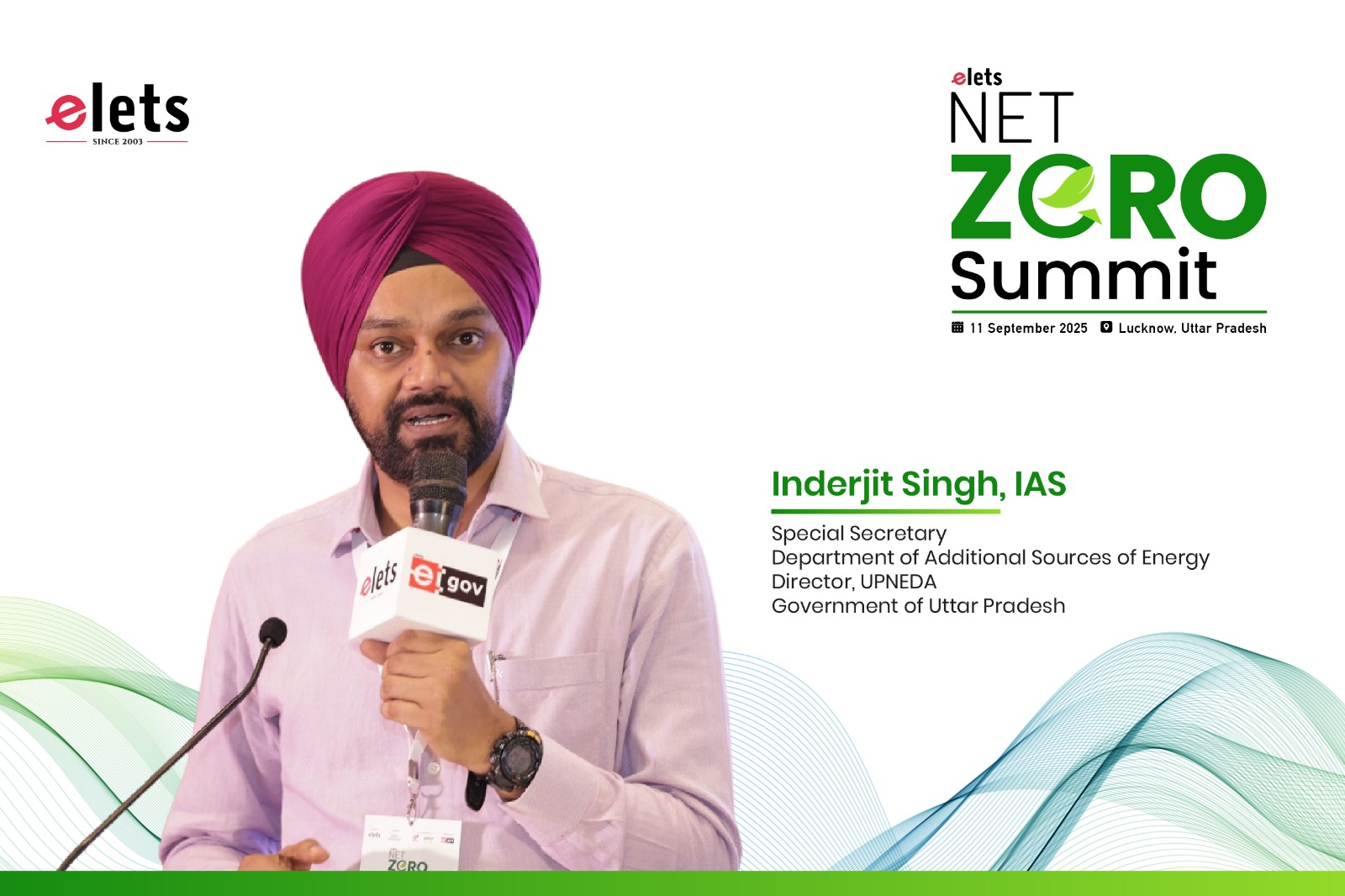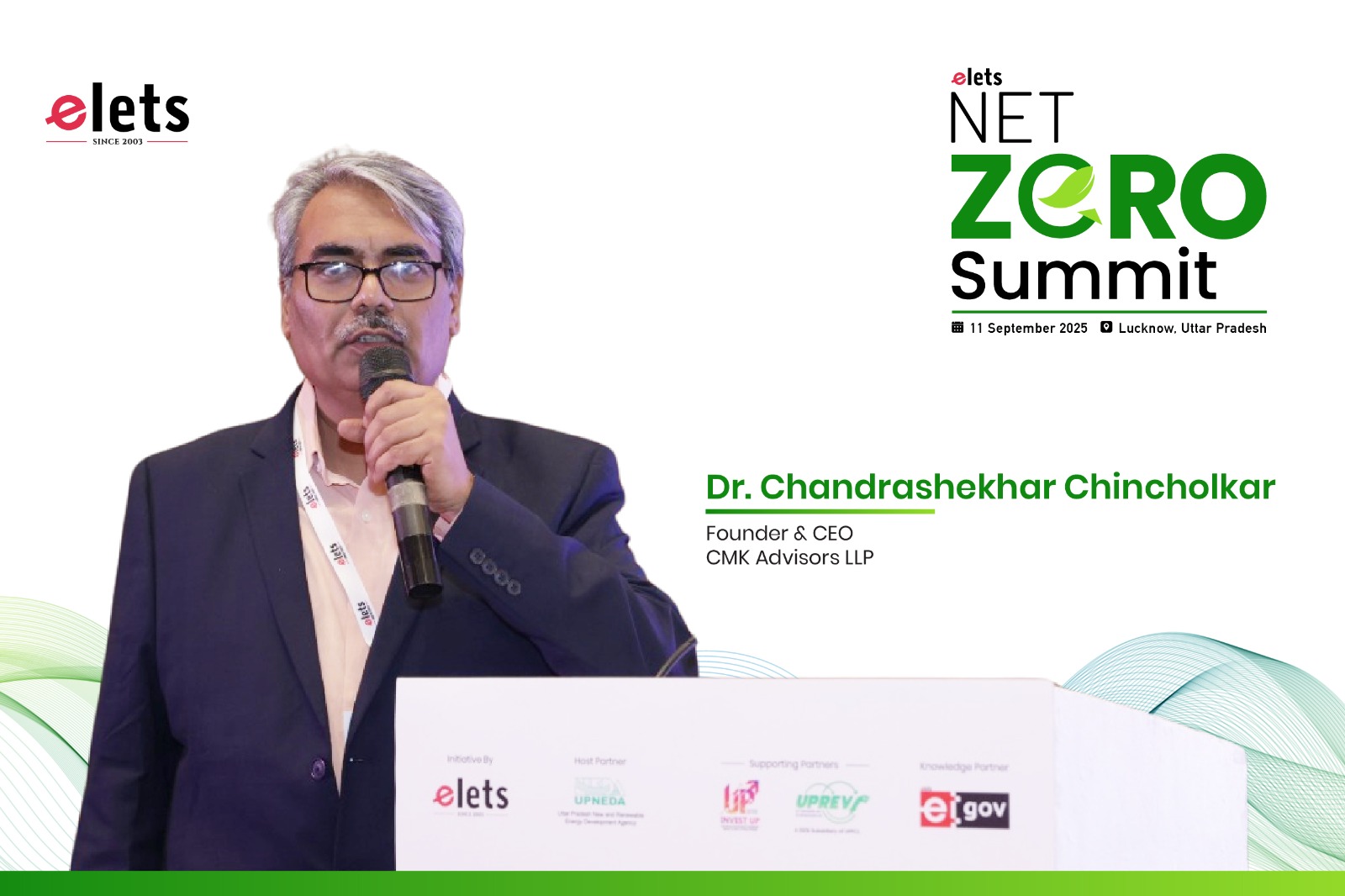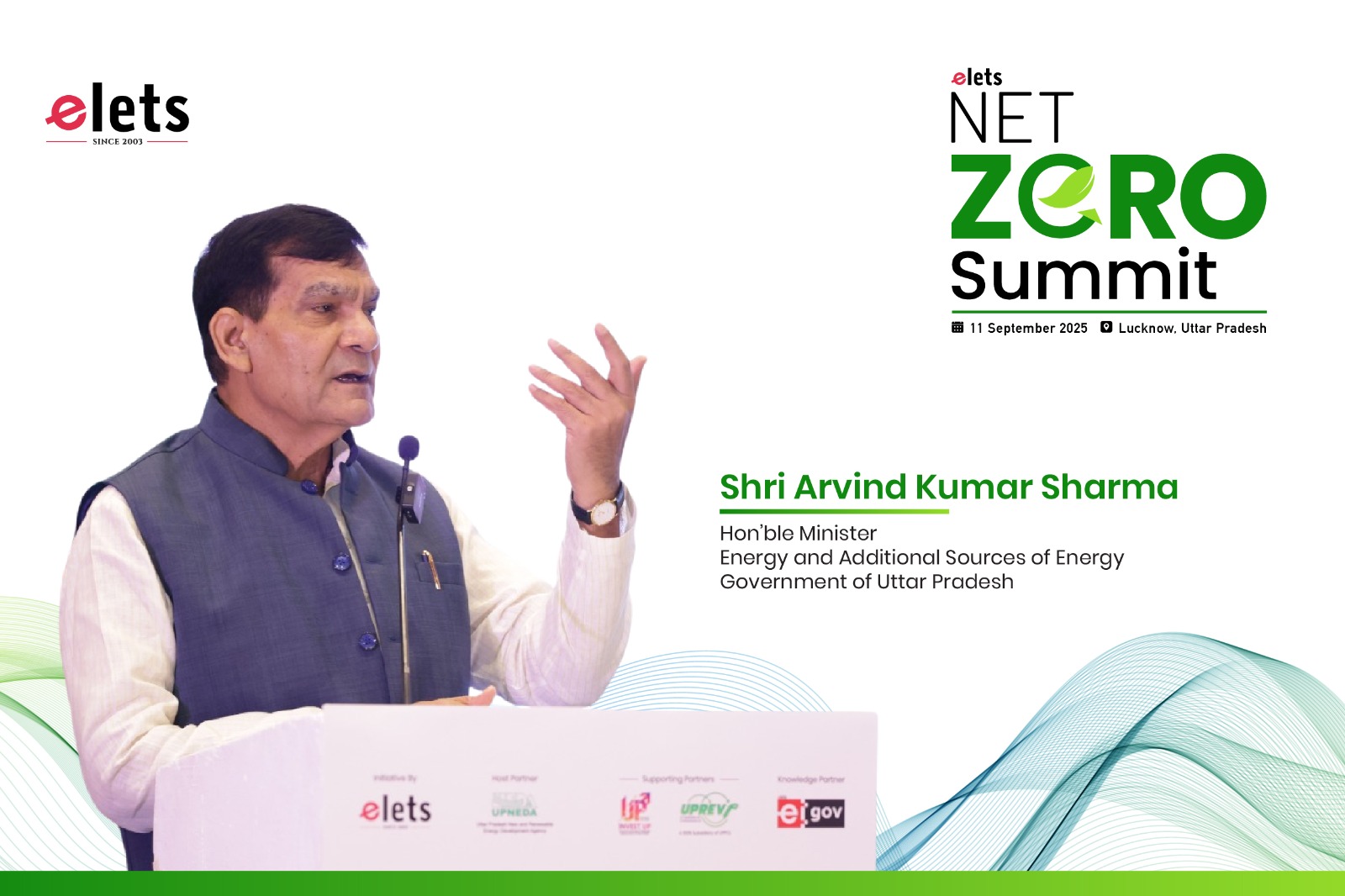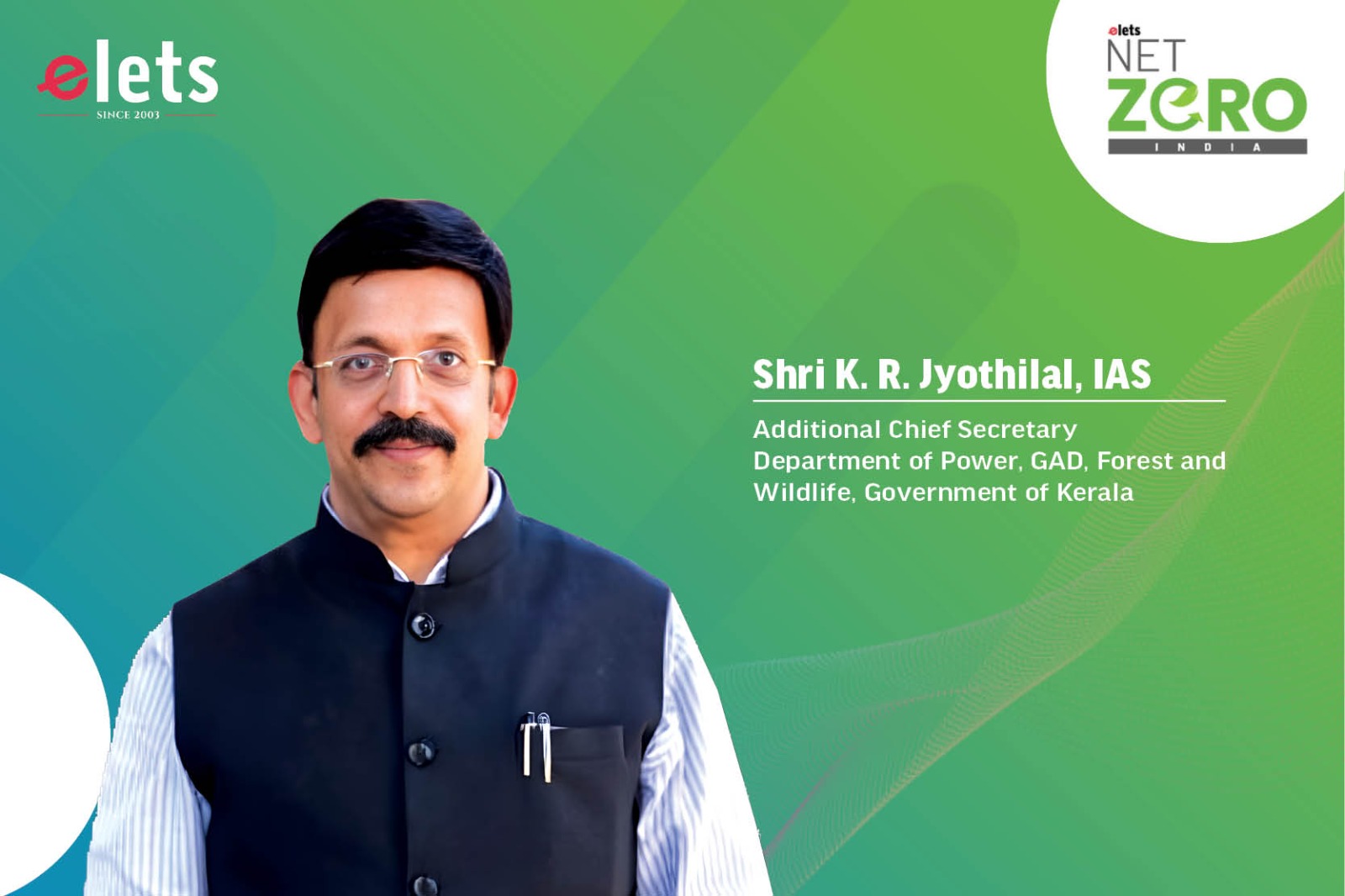
Kerala is accelerating its renewable energy transition with a strong focus on solar, wind, and green hydrogen to reduce reliance on coal-based imports. With a 3,000 MW expansion plan, innovative policies, and the Hydrogen Valley initiative, the state is paving the way for a cleaner, self-sustaining energy future, shares Shri K. R. Jyothilal, IAS, Additional Chief Secretary, Department of Power, GAD, Forest and Wildlife, Government of Kerala in an exclusive interview with Krishna Mishra of Elets News Network (ENN).
Kerala’s current cumulative installed generation capacity (as of February 2024) stands at 6,506 MW, with more than 50% of its energy needs met through power imports, primarily coal-based. Given the state’s ambitious renewable energy goals, what steps are being taken to enhance internal power generation— especially through solar, wind, and green hydrogen—to reduce dependency on external sources?
Kerala is taking several steps to reduce its reliance on external power imports and strengthen internal power generation through solar, wind, and green hydrogen:
- Solar Energy Expansion: The state is aggressively expanding rooftop and large-scale solar projects. The Soura program promotes decentralized solar energy adoption among households and businesses. Additionally, Kerala is developing floating solar power plants in reservoirs to optimize space use. With 1,351 MW of solar projects completed and the state adding approximately 30-35 MW of on-grid installations each month, ANERT is advancing its 3,000 MW renewable energy expansion program through rooftop, floating, and utility-scale solar installations.
- Wind Power Utilization: While Kerala has lower wind potential than some other states, feasibility studies are being conducted to identify viable locations, particularly in coastal and high-altitude regions. As of January 31, 2025, Kerala’s installed wind energy capacity stands at 71.2 MW. With a total wind potential of 2,993 MW, the state plans to add 629 MW by FY30 and 1,794 MW by FY40. Offshore wind projects and hybrid solar-wind systems are also being explored to optimize power generation.
- Green Hydrogen Development: Kerala is actively pursuing green hydrogen initiatives, including the ₹133 crore Hydrogen Valley Innovation Cluster (HVIC) project. The state is also developing hydrogen fuel cell-powered vehicles and internal combustion engines adapted for hydrogen use to integrate it as a clean fuel for industries and transport. Recently, MNRE approved ₹34.84 crore in funding for Kerala’s green hydrogen pilot project in the transport sector.
- Infrastructure & Investment: The state plans to modernize its grid infrastructure and develop battery storage solutions to ensure stable integration of renewable energy sources.
Kerala has set an ambitious target to achieve net-zero carbon emissions by 2050, ahead of India’s national goal of 2070. Could you elaborate on the key strategies and policies your departments are implementing to meet this objective?
To achieve net-zero emissions ahead of the national goal, Kerala is implementing the following key strategies and policies:
- Renewable Energy Expansion: Scaling up solar, wind, and hydroelectric power to transition away from fossil fuels.
- Energy Efficiency Measures: Encouraging energyefficient appliances and industrial practices to reduce overall power consumption.
- Electrification of Transport: Promoting electric vehicles (EVs) and expanding charging infrastructure across the state. Kerala ranks second in electric car adoption, closely following Maharashtra. The state is a frontrunner in EV adoption, particularly in the two-wheeler segment, with an impressive penetration rate of over 13%, followed by Karnataka (11.5%) and Maharashtra (10.1%).
- Green Hydrogen Adoption: Developing hydrogen-based energy solutions to replace fossil fuels in industrial and transport sectors.
- Sustainable Urban Planning: Implementing eco-friendly construction norms and promoting green building initiatives.
The ‘Pachathuruthu’ initiative aims to create green spaces across the state to enhance carbon sequestration. How do you envision this project contributing to Kerala’s net-zero goals, and what measures are in place to ensure its success?
The Pachathuruthu (Green Islands) initiative plays a critical role in Kerala’s net-zero strategy by increasing green cover and enhancing carbon sequestration. Its key contributions include:
- Creating Micro-Forests: Establishing small-scale forests in urban and rural areas to absorb CO and improve biodiversity.
- Community Participation: Engaging local communities, schools, and NGOs to maintain and expand green spaces.
- Reducing Urban Heat Islands: Mitigating rising urban temperatures by increasing vegetation in cities.
- Biodiversity Conservation: Supporting native plant species to restore ecosystems and improve air quality.
Also Read :- Kerala’s Renewable Energy revolution leading India’s green transition
To ensure the initiative’s success, the government has implemented regular monitoring, community engagement programs, and financial incentives for afforestation projects.
With the recent approval of the ₹133 crore Hydrogen Valley Innovation Cluster (HVIC) project, how do you see green hydrogen transforming Kerala’s energy landscape?
With the HVIC project and the recent approval of the ARAI project, green hydrogen will be tested on a small scale across various applications. HVIC will lay the groundwork for largescale projects, addressing key infrastructure challenges. These initiatives will also enhance visibility among Indian and international investors, positioning Kerala as a key player in the hydrogen sector.
By starting with small-scale projects, Kerala can pave the way for future large-scale applications in refineries, fertilizers, and ammonia exports. This initiative will strengthen energy security by enabling the state to produce its own sustainable fuel source, reducing dependency on external energy supplies. Additionally, it will drive economic growth by attracting investments and creating jobs in the green energy sector.
These projects will serve as models for large-scale hydrogen production and utilization, laying the foundation for Kerala’s future hydrogen economy.
Considering Kerala’s unique biodiversity, how are the Forest and Wildlife departments balancing conservation efforts with the state’s push for renewable energy projects?
The Forest and Wildlife departments are ensuring that Kerala’s renewable energy expansion does not compromise its rich biodiversity by:
- Conducting Environmental Impact Assessments (EIA): Evaluating the ecological effects of renewable projects before granting approvals.
- Promoting Sustainable Project Siting: Identifying locations that minimize disruption to wildlife habitats.
- Developing Green Energy Corridors: Ensuring renewable energy transmission does not interfere with protected forest areas.
- Engaging in Reforestation & Conservation Initiatives: Offsetting potential environmental impacts through afforestation efforts.
By integrating sustainability with energy goals, Kerala is adopting a balanced approach to conservation and clean energy transition.
Be a part of Elets Collaborative Initiatives. Join Us for Upcoming Events and explore business opportunities. Like us on Facebook , connect with us on LinkedIn and follow us on Twitter, Instagram.
"Exciting news! Elets technomedia is now on WhatsApp Channels Subscribe today by clicking the link and stay updated with the latest insights!" Click here!




